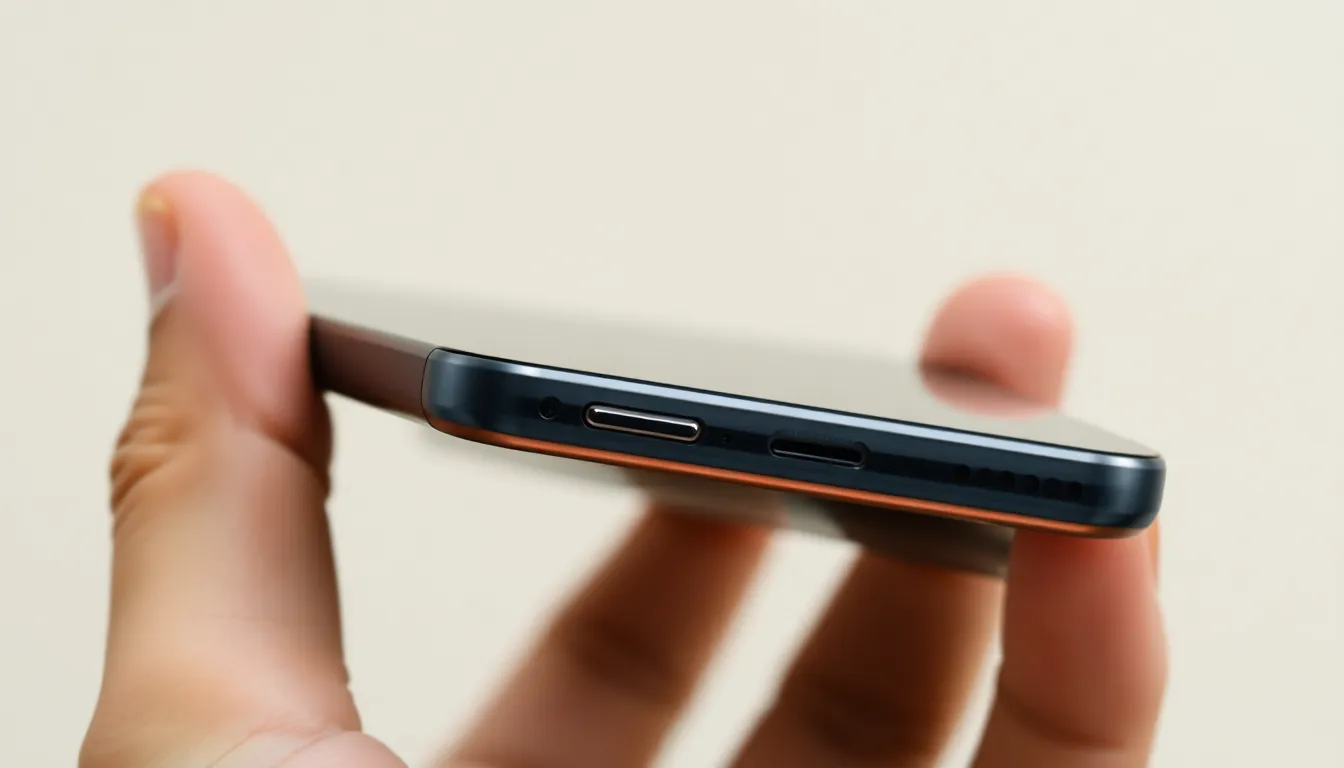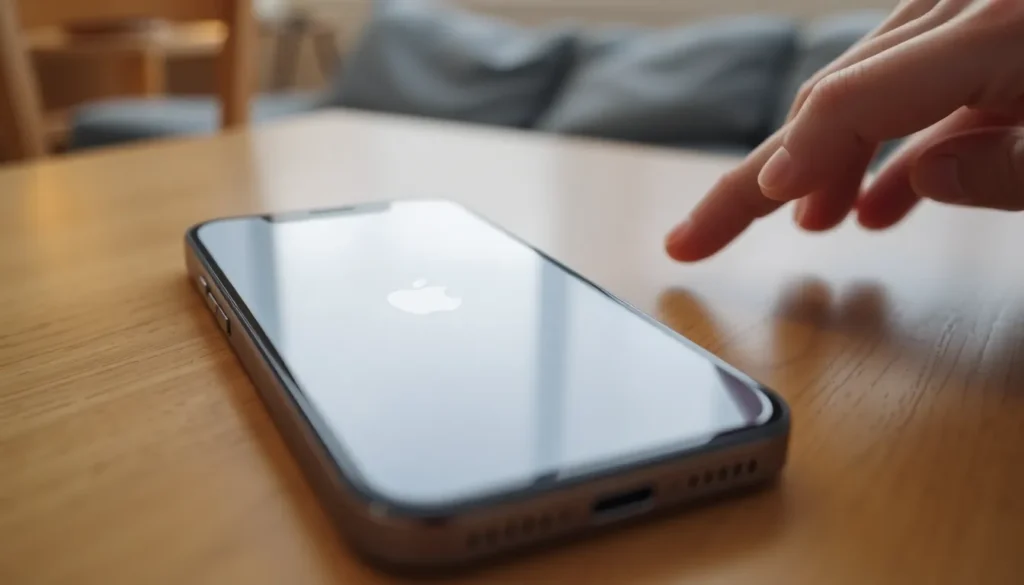Table of Contents
ToggleFeeling like your iPhone 10 has turned into a stubborn teenager refusing to cooperate? You’re not alone! Many users find themselves in a tech pickle when their devices start acting up. Whether it’s freezing, lagging, or just refusing to respond, a hard reset might be the magic trick you need to get things back on track.
Understanding Hard Reset
A hard reset, also known as a force restart, is a straightforward method to reboot a device. This action can help alleviate issues like freezing, lagging, and unresponsiveness that iPhone 10 users often face. Executing a hard reset doesn’t erase any personal data on the device, making it a safe troubleshooting step.
Completion of a hard reset requires a specific sequence of button presses. Users must quickly press and release the Volume Up button, followed by the Volume Down button, then press and hold the Side button until the Apple logo appears. This process clears temporary memory, refreshing the device’s operating system.
Some scenarios necessitate a hard reset. For example, if an app crashes during use or if the screen remains unresponsive after several attempts to use it. Regularly implementing a hard reset can prevent more significant issues from developing.
An understanding of the hard reset process empowers iPhone users. Knowing how to perform this quick fix can lead to less frustration and improved functionality. This method serves as a viable first line of defense against common technical issues affecting the iPhone 10.
Grasping the importance of the hard reset can greatly enhance the user experience. When these devices become sluggish or won’t respond, knowing the hard reset steps can restore normal operation swiftly and efficiently.
How To Hard Reset iPhone 10

Performing a hard reset can effectively address common issues with the iPhone 10, such as freezing or lagging. This process does not erase personal data, making it a reliable troubleshooting step.
Step-by-Step Guide
- Quickly press the Volume Up button and release it.
- Immediately press the Volume Down button and release it.
- Press and hold the Side button until the Apple logo appears, then release it.
Following these steps refreshes the operating system without deleting any personal information.
Before You Start
Ensure the device has sufficient battery life to complete the process. Users should also close any open apps before performing the reset. Familiarizing with the button locations helps in executing the hard reset smoothly. If the screen remains unresponsive after trying these steps, consider further troubleshooting options.
Common Issues Resolved By Hard Reset
Frozen screens present frequent challenges for iPhone 10 users. Lagging performance disrupts everyday tasks, making a hard reset a handy fix. Unresponsive apps can halt productivity, urging users to restart their devices. Frequent crashes affect user experience, and many find a hard reset restores stability.
Issues with software updates often arise, and a simple reboot can resolve these complications. Battery drains unexpectedly during usage, leading to frustration, but a hard reset may alleviate such conditions. Connectivity problems, whether with Wi-Fi or Bluetooth, often necessitate a restart to restore proper function.
Users encountering screen glitches or miscellaneous errors discover that performing a hard reset can clear temporary issues. Malfunctioning notifications, which may stop appearing, can also be rectified through a quick device restart. Quick fixes like these lead to less stress and greater reliability in device performance.
Regularly executing a hard reset not only addresses immediate issues but helps maintain optimal performance over time. Ensuring sufficient battery life and closing open apps prior to attempting a hard reset enhances the process. Clear troubleshooting steps empower users to handle common frustrations effectively.
Alternative Reset Methods
Users may consider additional reset options when facing persistent issues with their iPhone 10. A soft reset serves as a less intensive alternative to the hard reset. To perform a soft reset, simply press and hold the Side button along with either Volume button until the slider appears, then drag it to power off. This process can refresh the device without any data loss.
Network settings reset helps resolve connectivity issues specifically. By navigating to Settings, then General, and selecting Reset, users can choose “Reset Network Settings.” This action will remove saved Wi-Fi networks and their passwords, thus requiring re-entry for future connections.
For more significant problems, a factory reset might be necessary. This reset erases all content and settings, returning the device to its original state. Users should back up data before executing a factory reset, which can be accessed within Settings, then General, followed by Transfer or Reset iPhone and finally selecting “Erase All Content and Settings.”
Using software updates can also resolve some software-related issues. Keeping the iPhone 10 updated ensures the latest bug fixes and improvements are in place. To check for updates, users should go to Settings, tap General, and select Software Update.
These alternative methods offer various options for addressing ongoing problems with the iPhone 10, allowing users to improve their device’s performance without losing essential data.
Mastering the hard reset for the iPhone 10 can significantly enhance the overall user experience. By knowing the right button sequence and when to apply this technique, users can effectively tackle common issues like freezing and lagging. Regularly performing a hard reset not only resolves immediate concerns but also helps maintain the device’s performance over time. Users should feel empowered to take control of their device’s functionality with these troubleshooting methods. If problems persist after a hard reset, exploring alternative solutions or seeking professional assistance may be the next best step.








